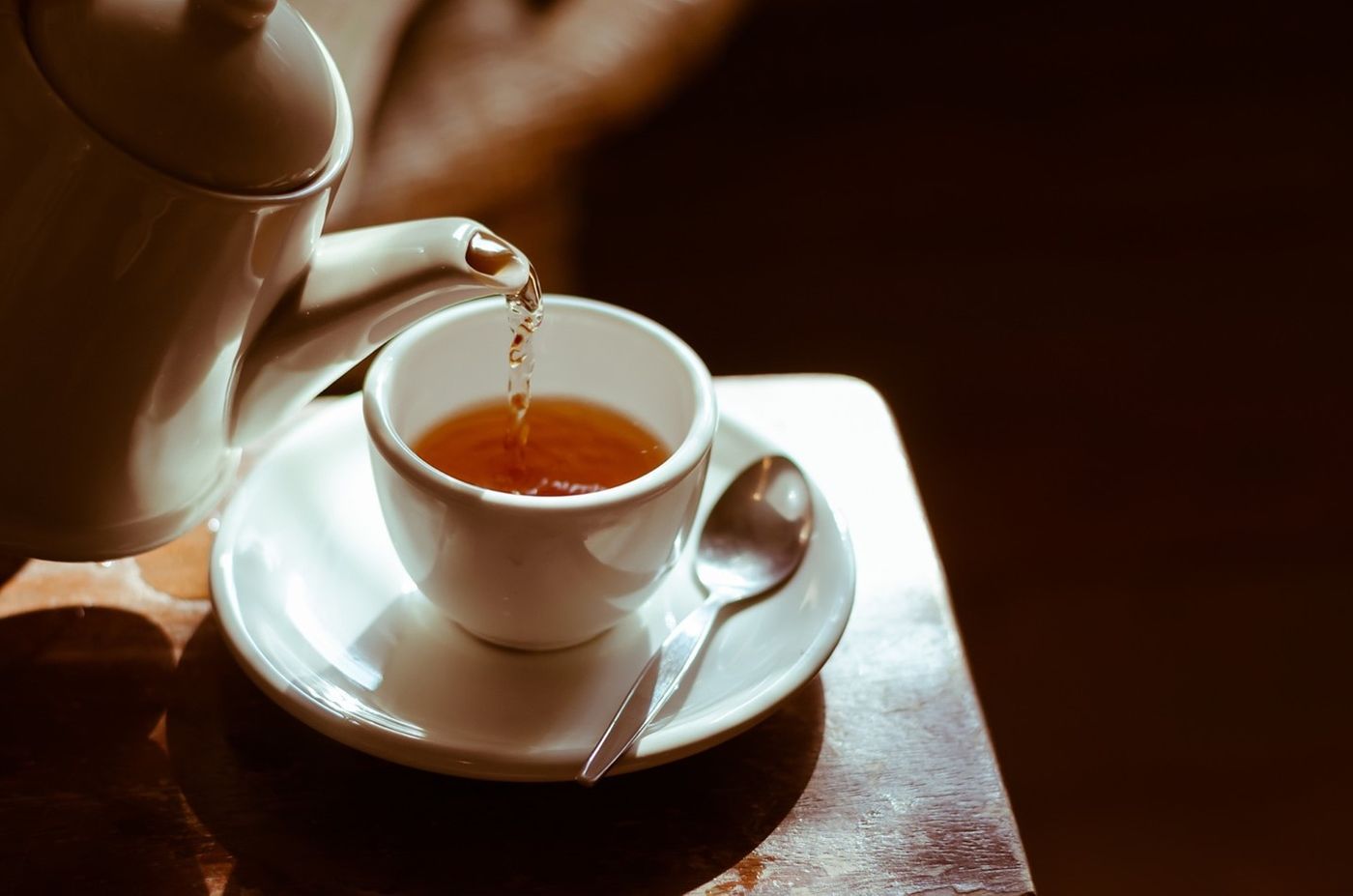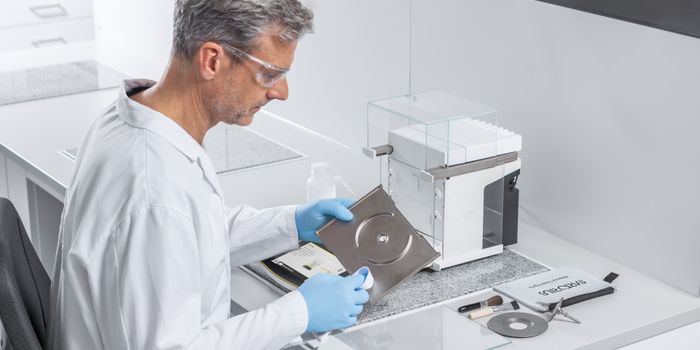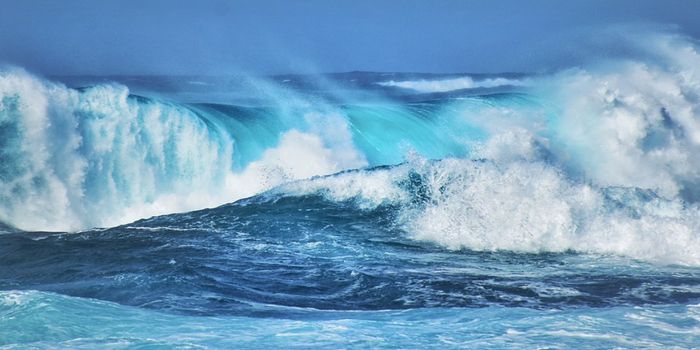Are Disinfectant Byproducts in Tea a Cause for Concern?

Tea is the second most popular beverage in the world, right behind plain water. While tea seems like a simple beverage, it can contain around 500 compounds that can react with chlorine to form DBPs. It should be noted that DBPs are naturally found in plain water as well, and the EPA has standards for DBP levels and how to regulate specific DBPs.
Common DBPs such as bromate, chlorite, haloacetic acids, and total trihalomethanes have been linked to various health effects, such as anemia, nervous system effects, and increased risk of cancer. New research published in Environmental Science and Technology investigated the levels of 60 priority DBPs in three popular types of Tea: Twining’s Green Tea, Earl Grey tea, and Lipton tea brewed with tap water.
Using gas chromatography-mass spectrometry, levels of the 60 different DBPs were analyzed. Gas chromatography-mass spectrometry, like its name implies, combines gas chromatography and mass spectrometry to study gaseous, liquid, or solid samples. First, components of a mixture are separated on a column based on their boiling point and polarity— this can be incredibly precise, separating hundreds of compounds. Then, each of the components is analyzed via mass spectrometry to determine chemical makeup using their mass to charge ratios.
Using this technique, researchers found that the levels of the 60 DBPs were lower in tea than in regular tap water. This is most likely due to their absorption into the tea leaves. Of the DBPs present in tea, only 12% of those originated from reactions between the tea and the chlorine in the tap water; the rest originated in the water. Dichloroacetic acid, trichloroacetic acid, and chloroform were the only three compounds that were formed from the tea and water.
However, the total amount of organic halogen in the tea was double the amount than the levels present in tap water. 96% of those halogenated DBPs are currently unknown. Most of these halogenated compounds are haloaromatic, high in molecular weight, and likely formed from a reaction between chlorine and the polyphenols from tea leaves. Researchers were able to identify 15 haloaromatic DBPs using gas-chromatography mass spectrometry.
This may not yet be a cause for panic, however. With the current regulations for the known DBPs, someone would have to drink somewhere between 18-55 cups of tea a day to exceed the safe limit of DBP ingestion. However, further research needs to be conducted on these novel halogenated DBPs to determine their levels of safety.
Sources: Environmental Science and Technology (ACS), Environmental Protection Agency, ThermoFisher








